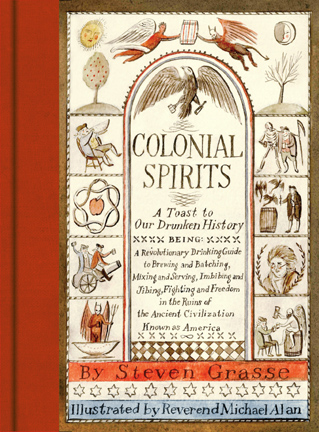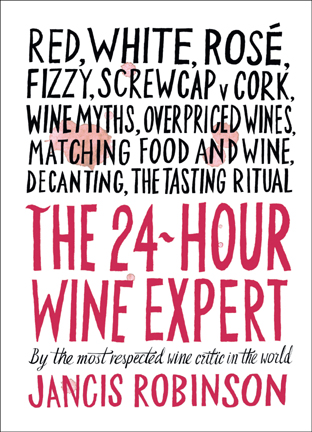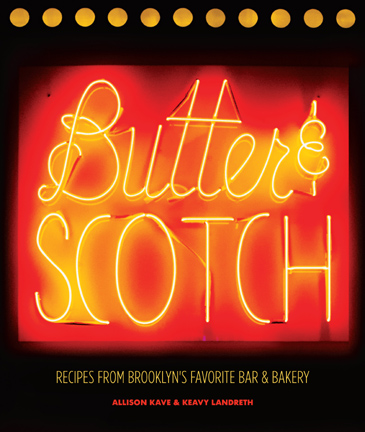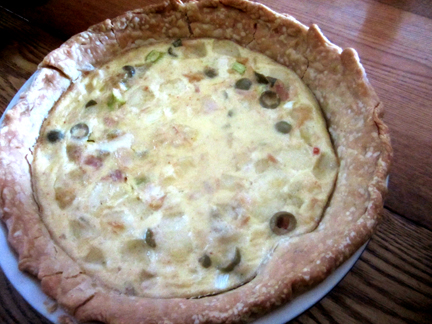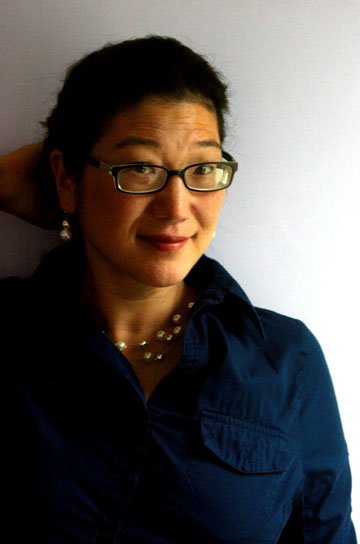
Susie Chang
(all photos courtesy of T. Susan Chang)
The voice coming out of the computer is upbeat, musical, and fun. “If you love to cook, if you love recipes, if you love eating, stick around. Anything could happen,” says Susie Chang near the beginning of the inaugural podcast of “The Level Teaspoon,” her informal and entertaining look at cookbooks and recipes.
Susie (her pen name is “T. Susan Chang”) lives in Leverett, Massachusetts, not too far from me. For many years she has reviewed cookbooks for the Boston Globe and NPR. She is also the author of the frank, charming food memoir A Spoonful of Promises.
Her free podcast debuted on September 14. A new episode will be available every Wednesday on ITunes and other podcast venues (including its own site), where listeners can also hear back episodes. The podcast features cookbook reviews, cookbook highlights, and recipe-testing sessions with enthusiastic home cooks.
I spoke with Susie on the phone recently to talk about the genesis of “The Level Teaspoon.” She explained that she had come to realize that journalism had changed over the past couple of years.
“Cookbook reviews in print are something that people are less interested in,” she told me. “We use cookbooks in different ways. A lot of us will just Google recipes….
“I started thinking about how I would like to find out about cookbooks. I listen to an absolute ton of podcasts.”
She began to investigate the possibility of creating her own podcast. “I love doing radio. I always thought it would be nice to do more voice work, but I never could figure out how to do it,” she said.
“I spent a day looking into how people are managing to do podcasts, and I realized that it is possible to make a living running a podcast.”
The trick, she added, is that the podcaster has to build up thousands of listeners in order to attract a sponsor for his or her work.
She decided to take a chance, to invest her money in a good microphone and her time in creating a podcast she knew people would enjoy.
“I decided to give myself a few months to try and just see how it goes. I’m really, really hoping that I can make this work because I love doing it!” she asserted.
“I still get to write. I love writing. I always have. But there is something about the immediacy of sound to me that really goes with the immediacy of cooking. Cooking is a social activity.”
Susie is very proud of the sound effects she has begun to generate in her podcast. She found her theme music almost by accident.
“It happened the day I got my mike,” she recalled. “I’d been all worried about finding theme music. I had no idea how I was going to do it. I just happened to be working on my laptop across the street at the library and they were having their ‘Music on the Patio’ night. A couple of my neighbors are in the band.
“Anyway, I was just sitting there working and I thought, ‘Hey, that sounds pretty good!’ So I ran back across the street to my house and got the new mike, which I’d NEVER used before. And when they were all done I said, ‘What would it take for you guys to record just like 30 seconds of music for me?’ And they said, ‘Well, you want to call us tomorrow?’ And I said, ‘Well ACTUALLY, I happen to have a mike in my bag!’ And that’s how I got it.
“One take; you can hear talking and crickets and everything. I thought they did an amazing job.”
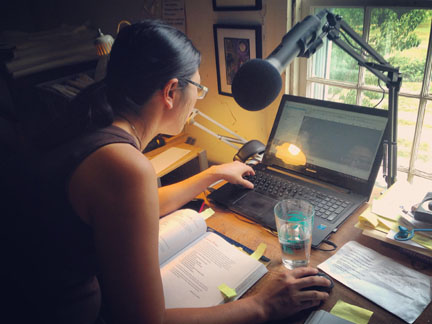
Susie’s favorite part of the podcast may be the segment in which she interviews “ordinary people,” including friends, about their experiences testing cookbook recipes.
“With cookbooks that’s the thing we never get to hear of, how [a recipe] ends up in somebody’s kitchen,” she told me. “It’s really hard to know from just looking what your experience with a cookbook is going to be like.”
She added that she enjoys being able to use the words of her many friends who love food and are articulate about it. “I just wanted their voices to be heard,” she said.
“Instead of being holed up in my office writing about these cookbooks, now I’m actually getting to see my friends, taste things with them, hear what they think.”
She looks forward to interviewing cookbook authors as well as friends as the podcasts develop. “The trick is that [the authors] can’t test their own recipes. They can talk about their book, but they will test a recipe from [someone else’s new] cookbook,” she explained.
At the moment it is taking Susie a full work week to prepare each podcast. “Thursday I write,” she noted. “By Friday I should be recording. I squeeze in interviews when I can.”
She edits on Monday, prepares online notes for the show on Tuesday, and gets ready to promote it when it hits the internet on Wednesday.
She also has to fit her other work into her week. “Plus I’ve still got kids,” she joked, referring to her 15-year-old son and ten-year-old daughter. “And at some point I have to figure out what I’m testing for the next week.”
She expressed the hope that her husband and daughter will test recipes with her on the podcast soon. She portrayed young Zoe as an enthusiastic recipe tester.
The cookbooks just flood in [here],” said Susie. “I take the ones that are aimed toward kids. [Zoe] goes off with a pile of cookbooks and basically goes for broke. She just starts cooking.”
Susie loves cooking with her daughter, she told me. “I did not get to grow up cooking next to my mom and grandmother. I’m glad Zoe has the willingness and ability to do it.”
I asked Susie how many cookbooks she receives to review per year. “Oh, my God,” she exclaimed. “I usually tell people it’s 400 or 500. It probably is at least that. I try to keep it down to 1000 in the house.
“Luckily, I live across the street from the library. The Leverett library now has an extremely large collection of cookbooks!”
All in all, Susie is happy and hopeful with her life and her podcast, both of which promote the idea of food as a community. “I feel satisfied with work for the first time in a long time, even though there’s no money yet,” she said.
“At least this way, whatever I do, I’m responsible for it. I can reject it. I can accept it. And whatever comes out of it is mine…. It’s fun to be living and working with your entire self. That’s a gift.”
![]()
